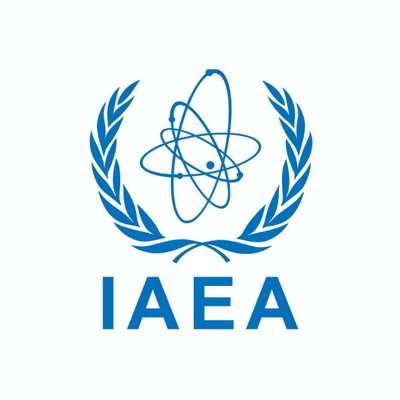IAEA selects five entries of crowdsourcing challenge for advanced decommissioning
Effective management of decommissioning and environmental remediation is vital to the sustainability of nuclear power, in terms of managing liability related to the protection of health and the environment.

The IAEA has selected five best entries of the crowdsourcing challenge that sought original concepts or project outlines for advancing the decommissioning of nuclear facilities or environmental remediation of radiologically contaminated sites. Three of them focused on decommissioning and two on environmental remediation, ranging from characterization toolkits, through instruments for on‑field measurements and collecting 3D radiation data to robots and artificial intelligence. The young people who submitted them come from all over the world and share the same enthusiasm for novel approaches and strategies to make the work in these fields safer, faster and more cost‑effective.
“I have developed a device capable of imaging the radioactivity contaminating the various surfaces such as floors, walls or apparatus encountered in facilities that are being dismantled,” said Sylvain Leblond, a research engineer at the French Alternative Energies and Atomic Energy Commission (CEA). “It will provide a huge help to investigate residual contamination on-site and to proceed toward proper remediation of any contaminated facility.”
Effective management of decommissioning and environmental remediation is vital to the sustainability of nuclear power, in terms of managing liability related to the protection of health and the environment.
Although many nuclear power reactors are undergoing life extensions, considerable decommissioning work, as well as the related remediation activities, is expected in the years to come. This will include decommissioning of power reactors, research reactors, other fuel cycle facilities, critical assemblies, accelerators and irradiation facilities. Environmental remediation is also needed for sites used in the past for activities involving nuclear research, uranium mining and milling and processing of naturally occurring radioactive materials.
“So far, measuring contamination has been limited to a small area and was done manually. We want to make a robot that can be used to avoid potential radiation risks to staff,” said Zeni Anggraini from the National Nuclear Energy Agency of Indonesia (BATAN), whose team came up with a concept for a robot for mapping and monitoring of contaminated areas.
Ryo Yokoyama from the University of Tokyo in Japan developed an approach for estimating fuel debris distribution using the experiment and numerical techniques. “Due to severe environmental conditions at the Fukushima Daiichi Nuclear Power Plant, the sampling activity or extracting a part of fuel debris from the reactor is a critical issue. Through the experiment and numerical simulation which can consider the Fukushima Daiichi condition, the fuel debris can be gradually identified, which can help its retrieval,” said Yokoyama.
Both decommissioning and environmental remediation are complex undertakings that can last for many years from the point when a facility is shut down and used for a different purpose.
“There is continuous improvement in both decommissioning and environmental remediation, thanks to both proven and new technologies,” said Vladimir Michal, a decommissioning team leader at the IAEA who also coordinated the selection process. “However, there is also a need for new ideas and fresh talent to implement them. It is important that young people are aware of many career options in this field and invited to education and training in these fields.” Crowdsourcing challenges like this one can help attract early-career scientists and engineers to nuclear-related disciplines.
As all proposals are focused on specific technical issues, they have significant potential to be practically used in decommissioning and remediation operations.
“With the nuclear industry growing, the need for new subject matter experts is in high demand. As technology increases throughout our lifetime so does the need for experts in these fields, for example, robotics,” said Daniel Martin, a research assistant at the Florida International University in the United States, whose team’s proposal envisaged use of a robotic platform and artificial intelligence to aid in preventing defects before they occur in facilities to be dismantled.
“Nuclear energy is a very important part of ensuring that future energy grids are low carbon, reliable and sustainable. Nuclear robotics is a fast-growing discipline and physical demonstrations of advanced robotic systems help make nuclear decommissioning quicker and safer for human operators,” said Erin Holland, a PhD student from the University of Bristol in the United Kingdom, whose team submitted characterization toolkit to enable accelerated decommissioning activities: “We hope our work will help to improve public knowledge of and interest in nuclear energy, using advanced technologies. It is very important for cementing nuclear energy as a keystone energy technology for decades to come.”
A total of 26 submissions from 12 countries were received and evaluated against criteria such as level of innovations and creativity. The authors of the winning entries were initially invited to present their entries at the IAEA General Conference in September. In view of the current Covid‑19 travel restrictions, this will not be possible.
“We are looking into other possibilities to bring the winners to a related conference next year that is either organized by or in cooperation with the IAEA,” said Michal.
“We also hope to repeat this challenge next year, focusing on economics and financing as well as knowledge management, so stay tuned.”
Innovation in nuclear power is one of the topics to be discussed at this year’s Scientific Forum on 22-23 September. The Forum will be livestreamed on iaea.org.










